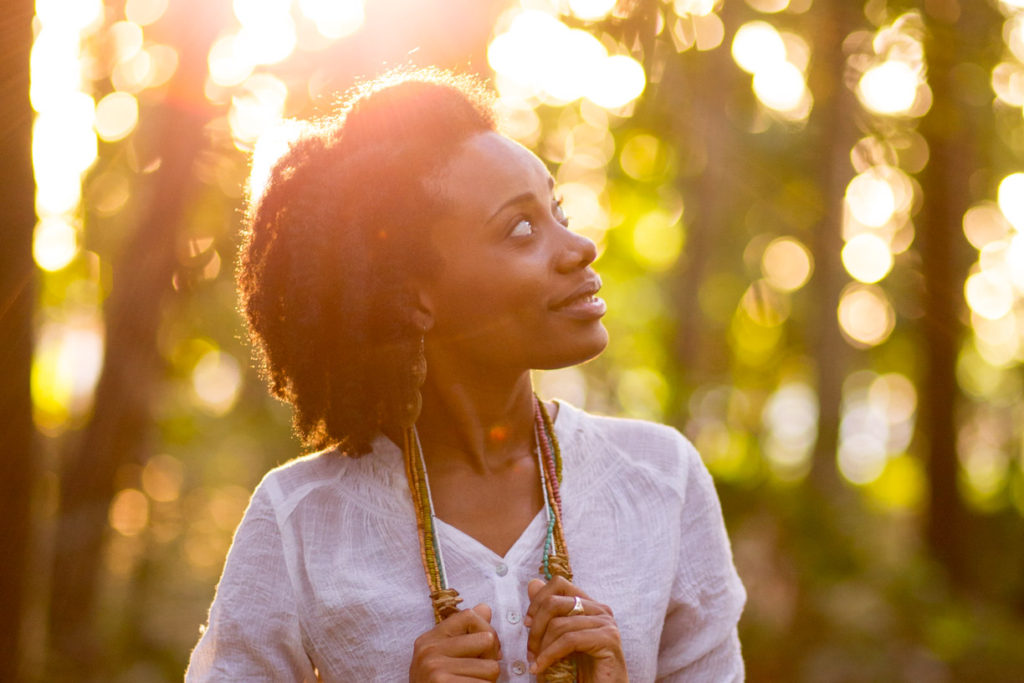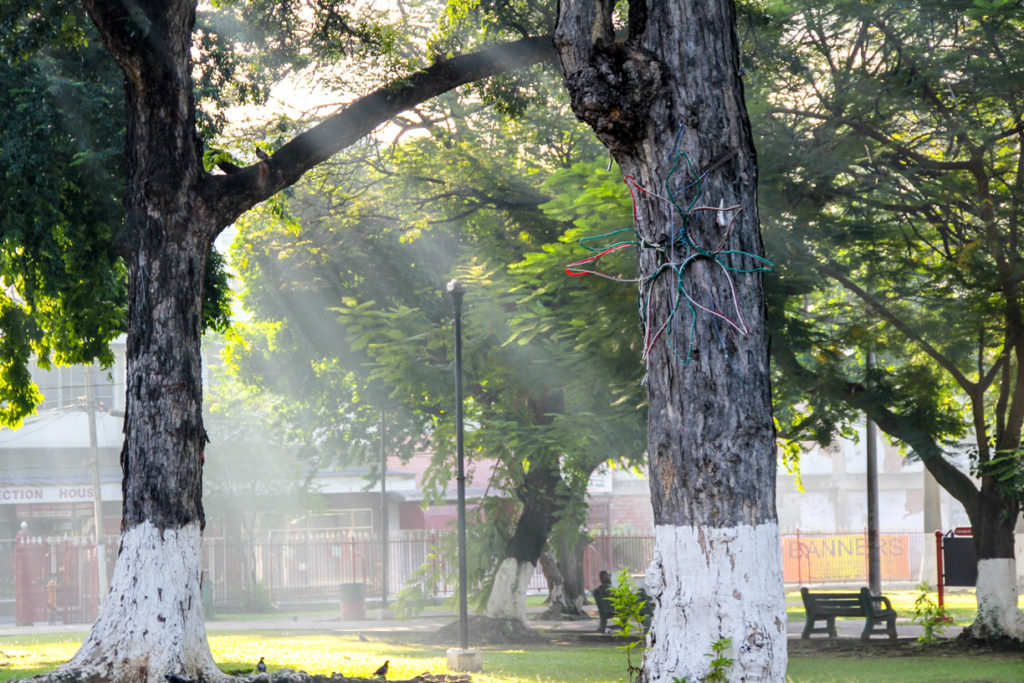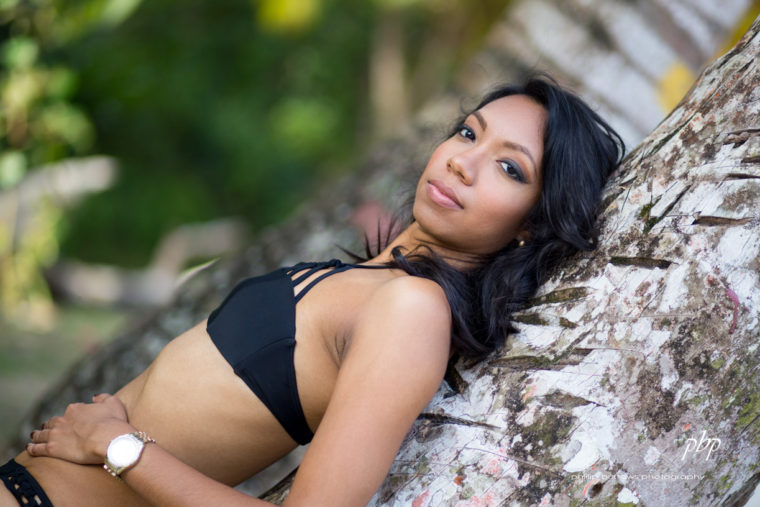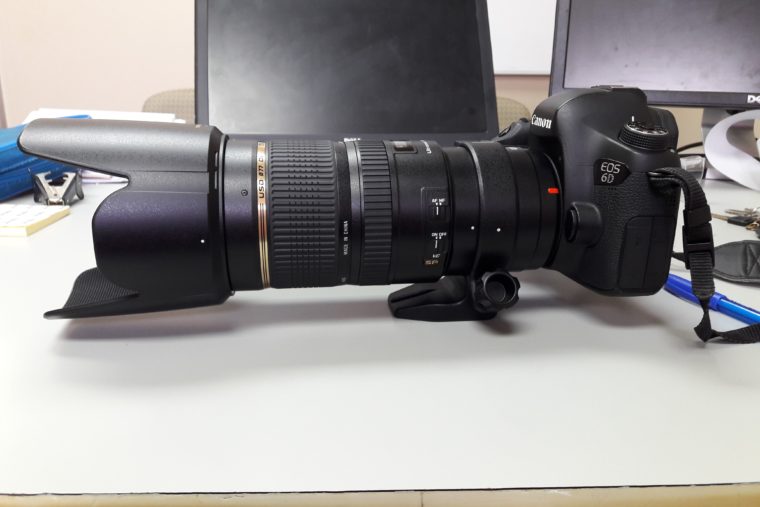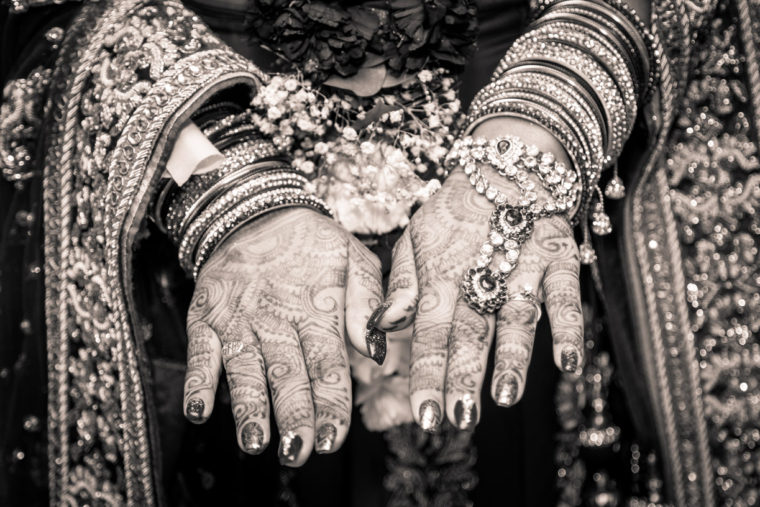Speedlights, studio strobes and the related modifiers are all great tools for you to use as a photographer. They allow you to control the way your scene is lit. But there is no light like that of the sun and no light modifier or GOBO like the ones made by mother nature. So why not make use of it? It’s why many photographers abandon the studio and take their sessions outdoors. There are however a few things that you have to keep in mind if you want to get the best results when shooting outdoors with natural light.
Get up early, stay out late
The best light in nature usually happens first thing in the morning and just before the sun sets. This means that if you really want to get the good shots you gotta start early. Evenings are an option t0o but usually, the places you want to shoot are crowded in the evening.
Scout your location.
The light everywhere is not the same. Sometimes a few meters to the left or to the right can give you a different effect. This is because light bounces off things, picks up color casts from other things and loses intensity as it gets further away from the source.
Open shade is what you are looking for
If you want to understand what open shade is like take a selfie while standing close to an open window. You are not directly in the light from outside but the glow of the outdoors will light your face and separate you from the darker interior of the room. You see a lot of examples of it these days with our selfie and blogging culture. This is basically what you are looking for, but outdoors.
Use a fast lens
A fast lens is a lens with a really wide aperture. Usually something greater than f2.8. Good light isn’t necessarily the most available light. Either because the sun is at an odd angle to the surface of the earth or because you are deliberately shooting in the shade. You may need to let more light into your camera.
Use a reflector
The quality of light aside you still have to make sure that the light hits your subject. This can be tricky when don’t have control of where the light is coming from. You will have to get creative. Usually, that will mean moving around to get the best position. Alternatively, you can force some of that light onto your subject by using a reflector to bounce the available light onto where you need it.
Watch your white balance
Light has a temperature. Think about incandescent street lights as opposed to the fluorescent lights in your office building. Your brain usually filters out all but the most extreme effects of this, so, what you see is usually just white. Digital cameras do not see light in the same way. They have to adjust for the difference in light wavelengths. Morning and evening light is usually warmer than sunlight in the middle of the day and direct sunlight will have a different color to light in the shade. Your camera should have a dedicated white balance setting for each of these situations. However, the best thing to do is to shoot RAW and adjust in post.
You would think that shooting without flashes and strobes would be less of a chore but there’s a lot to take into consideration. The main issue is that you have less control over the light. You have to work with what is given to you. However, if you get it right the results can be stunning.


